The mining and mineral processing businesses need handling systems that can withstand acid, stress, and temperature extremes. Ecological damage and financial penalties could come from any leakage at a mining plant. Systems and their modules must run consistently and reliably, eliminating equipment damage and unsafe working conditions to cut down on unexpected costs.
The industry has come a long way from its inception more than 4,000 years ago, particularly in the techniques and tools used. The need for higher levels of productivity and effectiveness in business settings inspired mining valve manufacturers to stay at par with these developments.
What Is A Mining Valve?
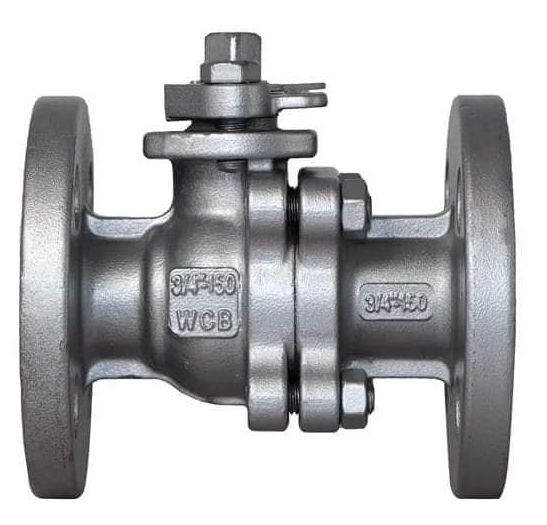
The mining industry’s primary objective is to obtain minerals and various resources. The industrial check valve and other specialized valves found within these processing systems are called mining valves. They help maintain constant fluid movement and direction in various mining uses.
As a result of their usefulness in dewatering, extraction, and other mining processes, mining corporations grew to adopt and rely on interconnected valves and pipe systems widely. These technological advancements have made several mining tasks easier for miners.
Types Of Mining Valves Based On Their Design
Valves for the mining industry serve different purposes and have various designs. This article mentions different types of valves used in mining and mineral processing:
1. Gate Valve
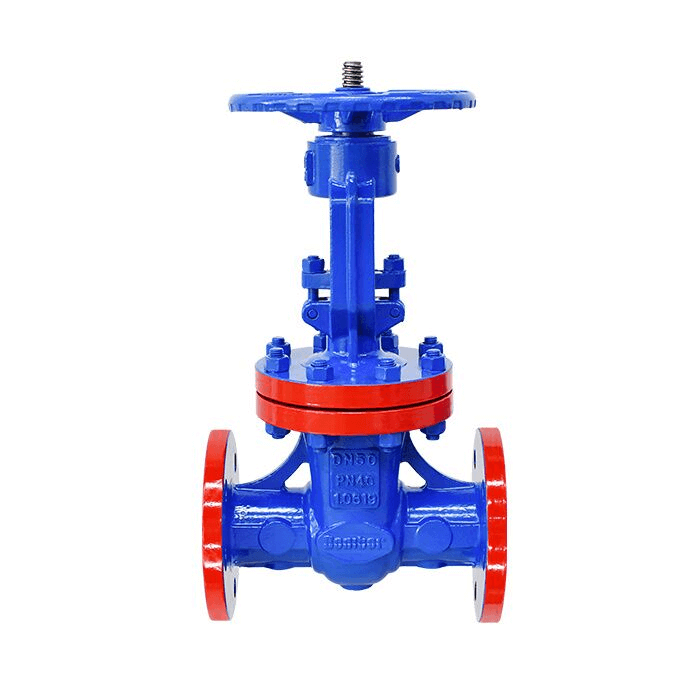
The valve lifts and lowers the gate to regulate flow. It offers a free-flow route, allowing tiny pressure drops throughout the valve. There are multiple alternatives for gate valves, including a diverse variety of dimensions, substances, pressure and temperature ratings, and gate and bonnet designs.
Different valves falling under this category are Wedge gate valve, Slab gate valve, Knife gate valve, Resilient seated gate valve and Stainless steel gate valve.
2. Globe Valve
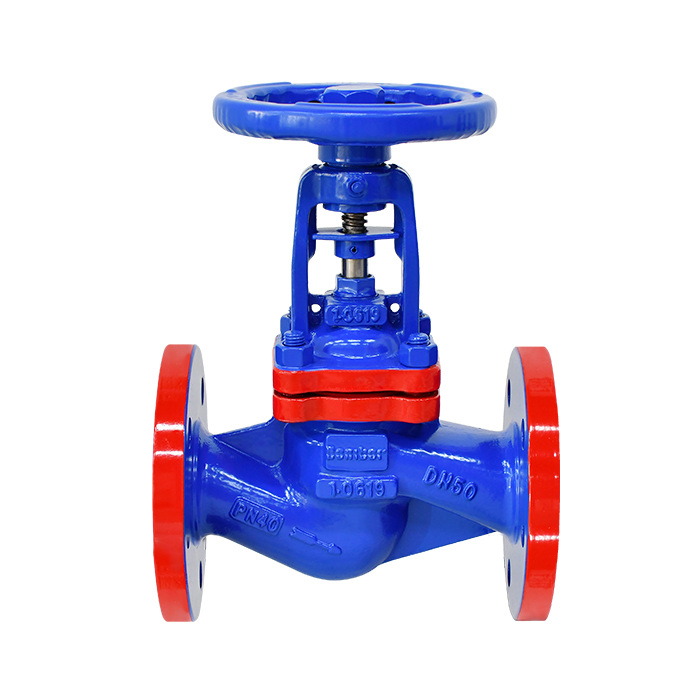
A globe valve regulates the flow in a pipeline. The internal baffle that serves as the dividing line between the two sections gives this valve type its name. They are also known as throttle valves. These valves have slightly higher pressure drops than standard ones. These valves find application in areas where significant pressure drops are not a concern.
Different valves under this category are Straight-Pattern globe valve, Angle globe valve, Bellows- Sealed globe valve and Y- Pattern globe valve.
3. Industrial Ball Valve
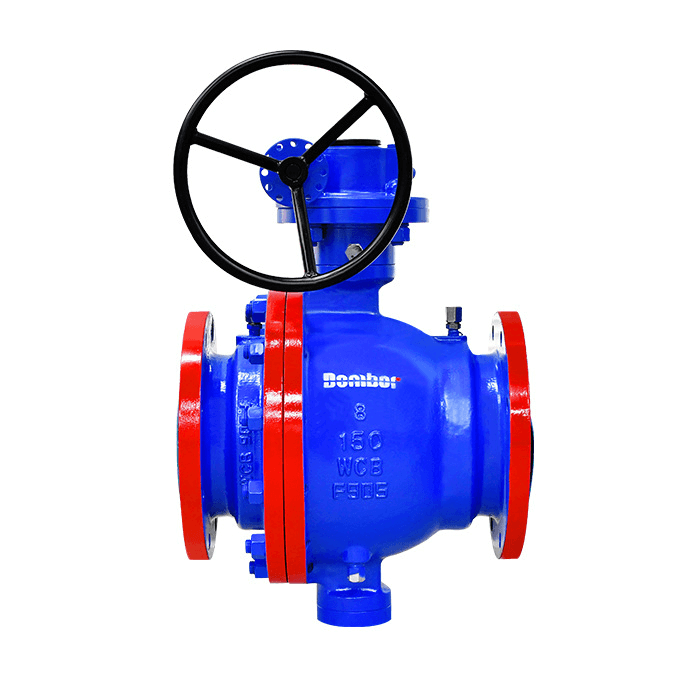
Industrial ball valves are a type of shut-off valve that restricts gas or liquid flow utilizing a rotating ball inside a bore. By revolving the sphere 90 degrees around its axis, one may limit or unleash the flow of the medium. Though they may sit unused for long periods, they provide a secure closure.
Furthermore, they can withstand contaminated media more effectively than traditional valves. Some varieties of ball valves are also suitable for use as control valves. Because of their high market, industrial ball valve manufacturer use cast iron, cast carbon steel, and stainless steel to make premium quality valves.
Different industrial ball valves used under this category include, floating ball valve, trunnion ball valve, 3-way ball valve, top entry ball valve, side entry ball valve, V-port ball valve, double block and bleed ball valve and rising stem ball valve.
4. Check Valve
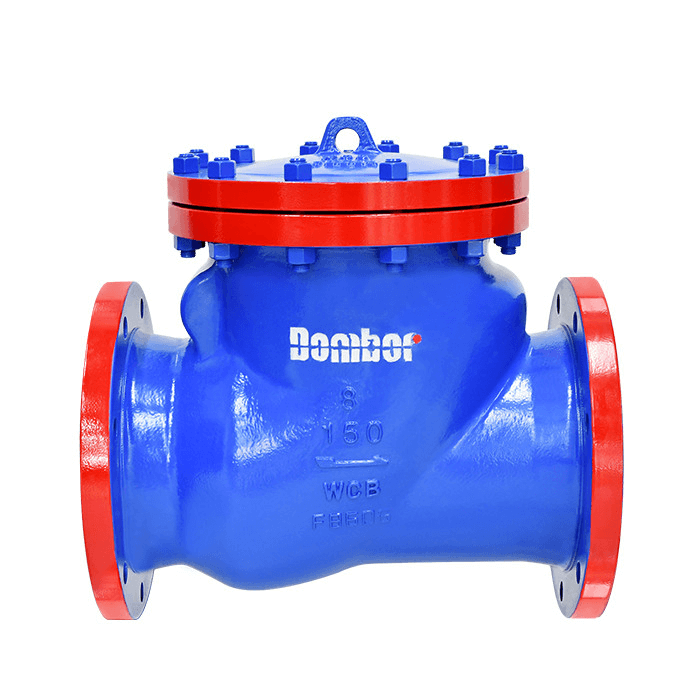
A check valve is a unidirectional valve. It only allows one direction of fluid flow. It has two ports, one for the media inlet and the output. They are known as one-way or non-return valves because they only allow media to flow in one direction.
The primary purpose of a check valve is to stop the reverse flow of fluid. A pressure differential is required for an industrial check valve to do its job. If more pressure is on the output side, the valve will close. These valves are independent of a manual operator and can operate without a lever or actuator.
A one-way valve is another name for a “check valve.” Fluids move only in one direction. Both input and output media ports are present. Given that they only permit a single flow direction, these valves are termed “one-way” or “non-return” valves. The primary purpose of a check valve is to stop fluid from flowing in the opposite direction. Industrial check valves can only close when there is a pressure difference.
Different valves under this category are swing check valve, lift check valve, dual-plate check valve, non-slam check valve and tilting disc check valve.
5. Butterfly Valve
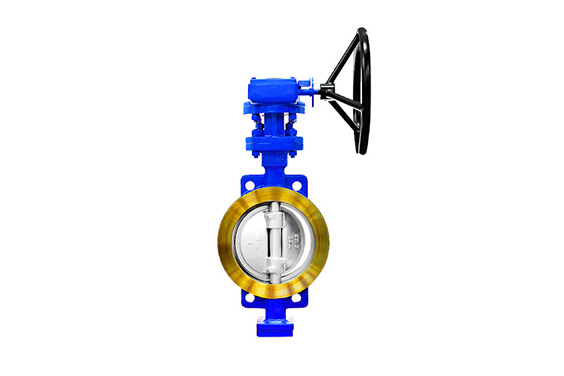
The “butterfly” is formed by connecting a disc with a rod. It closes when the disc rotates by the rod by a quarter turn perpendicular to the flow direction. The disc rolls back when the valve opens, allowing water to pass through. Lightweight, minimal installation footprint, reduced costs, quick function, and availability in substantial sizes are why industrial butterfly valve is commonly used.
Different types of valves under this are High-Performance butterfly valve, Triple offset butterfly valve, Concentric butterfly valve, Wafer butterfly valve, Lug butterfly valve, Flange butterfly valve and Metal seated butterfly valve.
6. Plug Valve
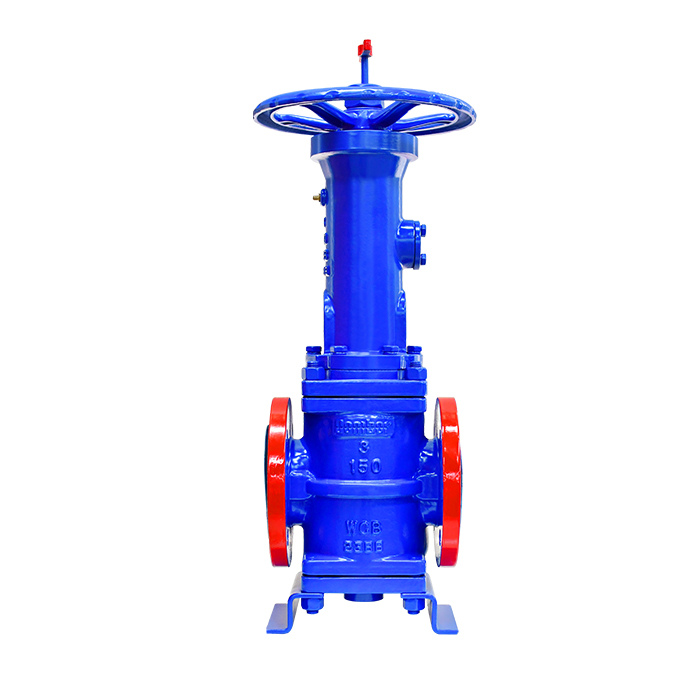
When the cone-shaped plug is turned inside the valve body, the valve opens and closes, regulating fluid flow. Many plug valves include horizontally positioned open channels to facilitate fluid flow while the valve is open.
The stem and handle of such a valve sit atop the fixture. The flow direction of the valve’s sole is from the inlet to the outlet. When frequent and rapid adjustment is essential, an industrial plug valve’s quarter-turn valve comes in handy.
Different valves in this category include Double block and bleed plug valve, Eccentric plug valve, Lubricated plug valve and Sleeved plug valve.
Different Applications Of Mining Valves
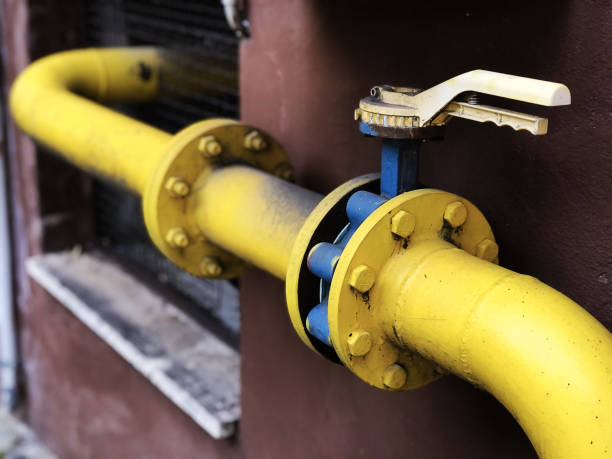
In the mining business, check valves serve multiple purposes, including the following operations:
- Lime inclusion, mineral-laden operation, dilution waters, and several specialized uses, such as the pneumatic transport of dry concentrates, are typical valve applications.
- Autoclaving: Autoclaving requires automatic shut-off valves, such as check valves, to prevent backflow. Valve components made of a stronger alloy are used for this purpose.
- Dewatering of Mines: Used in the mine dewatering operations in which the water table is lowered by using specialized pumps in the vicinity of extraction sites, mines, and quarries. They lessen the impact of water hammer.
- Pump Inactivation and Discharge: Check valves are used to protect the pump from being damaged during the discharge process.
- Pipelines: Pipelines transporting water to and from mines often feature safety devices like check valves. These pipelines must often traverse extensive distances and undergo various changes in altitude.
- Slurry Transportation and Handling: In the mining industry, slurry valves, knife gate valves, butterfly valves, ball valves, and check valves are used for a wide variety of tasks, such as pumping stations, separation, intermediate stations, terminal stations, thickeners, and air release.
- Methods for Extracting and Processing Minerals: Some of the most demanding uses for valves in the mining and metals and steel industry are mineral processing, extraction, and refining. It is crucial to use suitable metals, liners, and coatings for mineral segregation, concentration, and extraction procedures due to the presence of chemical solvents and abrasive slurries.
- Water and Wastewater Treatment Options: Valves facilitate the mining sector’s effluent, wastewater treatment, reuse, and decontamination. It requires them to withstand the harsh conditions of very acidic and highly suspended particles in process water and wastewater.
- Some more areas where the valves have proven superior are hydrometallurgy, solution mining, process gases, and oxygen supply lines. Valves also find their applications in vent gas lines, acid leaching, mine tailings, and neutralization.
Materials Used In Making Valves For Mining
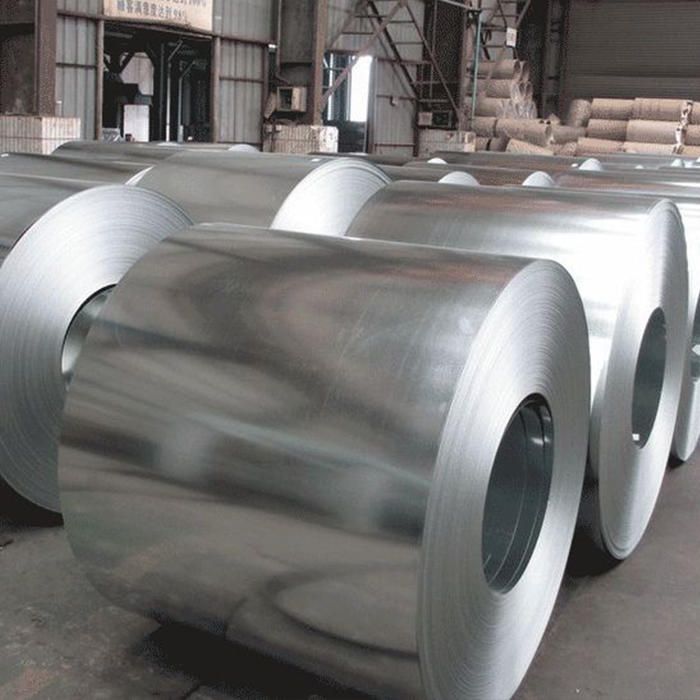
Manufacturers of industrial valves employ various materials to create multiple valves. The valve’s purpose and design dictate the material used.
- Stainless Steel
Many industrial valves are constructed from stainless steel since it is a non-reactive metal. The metals molybdenum, chromium, and nickel, among others, must be combined precisely for each gauge. Brass is an acceptable substitute for steel in a few applications. However, steel valves are the best bet on corrosive media because they won’t rust or corrode.
- Cast Steel
These valves are manufactured by pouring molten steel into a mold and allowing it to solidify under regulated conditions. On the one hand, if done correctly, this process offers a practical, cost-effective means of manufacturing sturdy valves. However, it needs constant monitoring and quality control since holes and tears can appear in spots where the molten steel does not form evenly.
- Forged steel
These are manufactured by molding metal using intense heat and mechanical equipment. Forged steel is formed into the valve’s shape by hand rather than poured into a prefabricated mold. The benefit of this is that heat tends to harden the metal, resulting in stronger and longer-lasting industrial valves. They cost extra since they require more work to manufacture.
Components Of Mining Valves
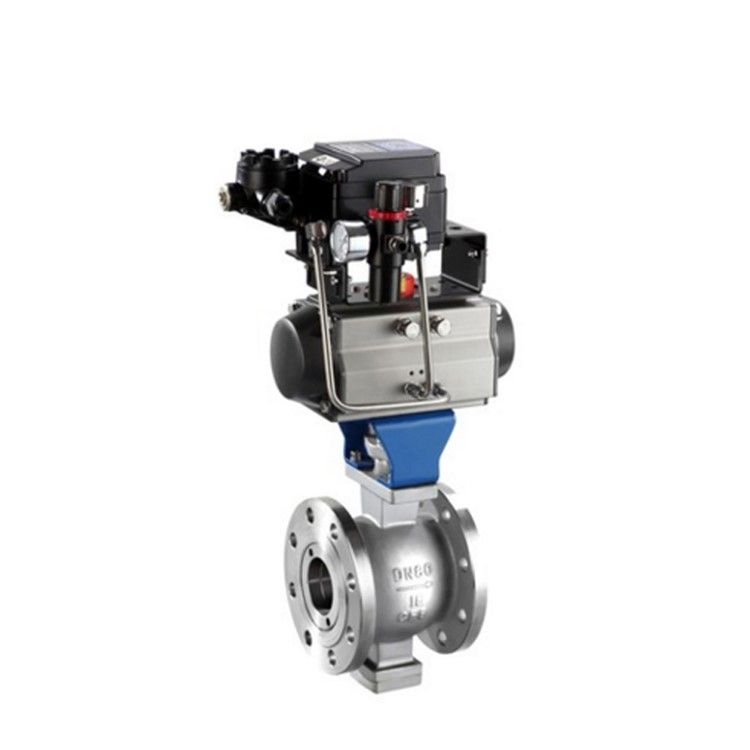
The body, bonnet, trim, actuator, packing, and spring are the fundamental components of any valve. Valve construction requires the fundamental components of the highest quality for optimum function.
- The Valve Body
As the structural backbone of the whole item, it is the most critical portion of a valve assembly, also known as the valve shell. It is the central part of a pressure valve that defines its limits. It provides the first pressure boundary, stopping fluid flow under pressure from the associated piping.
Threaded, bolted, or welded connections connect the intake and output pipes. The valve body links the valve to the piping or device nozzle via various end connectors, such as butt or socket welded, threaded, or flanged. Each type of valve body serves a particular purpose and is made from a material optimal for that role.
- The Bonnet For The Valve
The bonnet is the pressure valve’s opening cover and the valve’s next most crucial limit. Bonnets come in a wide variety of styles and variants. It is often attached to the body by a threaded, bolted, or welded joint. During the valve construction, the internal components are put into the body. Then the bonnet is attached to hold all elements together inside.
The bonnet’s fastening to the body always acts as a pressure boundary. It signifies that the weld joint or bolts that link the bonnet to the body are pressure-retaining elements. Bonnets can complicate the construction of valves, increase valve size, constitute a considerable cost percentage of valve cost, and are a source of potential leakage.
- Valve Trim
Valve trim refers to all of the interchangeable internal components of a valve that touch the fluid in use. These parts comprise glands, valve seat(s), spacers, discs, guides, bushings, and internal springs. It is important to note that valve trim does not include the valve body, bonnet, packing, etc., even though these also interact with the flow medium.
This trim allows for simple motions and flow regulation. For systems that use a rotating motion to trim, the disk slides past the seat to alter the flow opening. As the trim moves straight, the disk pivots outward from the seat, creating an annular gap. As a result of the varying qualities required to survive a wide range of forces and circumstances, valve trim pieces are crafted from various materials.
- Seat And Disc
The disk is another principal pressure limit for a valve with a bonnet. The disk controls whether or not fluid may pass through it. If the disk is closed and the outlet side is under pressure, the entire system’s force will be applied across the disk. Because of this, the disk is capable of maintaining constant internal pressure.
For proper sealing when a valve is closed, the seating area of a disk must have a smooth surface finish. The disk rests on the seating surface provided by the seat or seal rings. In some configurations, the body is machined to function as the sitting surface, eliminating the need for seal rings.
- Valve Stem
The stem must allow the disc, plug, or ball to move for the valve to open or close. It has one end attached to the valve disc and the other to the valve handwheel, actuator, or lever. The disc spins to open and close the valve in a plug, ball, and butterfly valve.
In contrast, the disc moves straight in a gate or globe valve. Stems are often forged and threaded or otherwise linked to the disk. A precise surface finish on the stem is required to avoid leaking in the seal area.
- Valve Packing
When the stem protrudes through the body, a fibrous material or another compound covers it to create a seal. Closing a valve packing avoids leaks and stem damage. Too much filling can hinder mobility and may even cause harm to the stem.
- Yoke For Valve And Nut
A yoke links the valve body or bonnet to the actuator. The valve stem fits into a hole at the top of the collar. Openings in a yoke provide access to the stuffing box, actuator linkages, and other components. A yoke’s structure must endure the actuator’s applied force, moment, and torque.
A yoke nut is a nut with an internal thread installed on top of a yoke. It allows the steam to pass through. To manually open or close a valve, the valve’s actuator, or handwheel, must be turned clockwise or counterclockwise.
- Actuators
An actuator is a device that can be used externally to either automatically or remotely activate a valve. The internal workings of some valves, such as check and relief valves, make it unnecessary to have a handle or actuator.
Basic actuators open or close a valve completely. Valve actuators can be fixed to any intermediate position to control or regulate the valve’s operation. In contrast to manual valves, automatic ones are handleless.
- Spring
The disc on many valves is spring-loaded, meaning it starts in one position but moves into another with the aid of a handle. As a rule, relief valves rely on a spring to keep the valve closed, but they are designed to allow it to be forced open by excessive pressure. Spring materials typically consist of steel with zinc plating or stainless steel.
Things To Consider When Choosing Valves For Mining And Minerals Processing
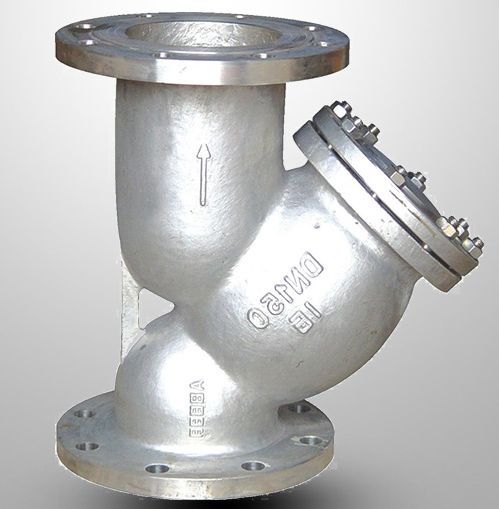
Valves regulate the flow of fluids and gases in various applications. With so many alternatives available, it’s crucial to look at all aspects to select the best and most durable valves for various applications.
- Media Type
The proper valve material will depend on the properties of the fluid or gas under use. When monitoring harsh or corrosive materials or pressurized gases, it’s crucial to utilize metal valves for the highest level of safety.
- Valve Operation
In a system, 2-way valves are effective for on/off control. In contrast, 3-way valves can accomplish all tasks, in addition to diverting or mixing media.
The following table lists the many valve types often used for their respective operational purposes.
| Valve Function | Typical Valve Type |
| Isolation | Gate Valve Ball Valve Butterfly Valve Diaphragm Valve |
| Control (Flow/Pressure) | Globe Valve Ball Valve Butterfly Valve Diaphragm Valve |
| Prevention of Flow Reversal | Check Valve (Swing, Lift, Non-slam check valves, etc.) |
| Flow Diversion | Ball Valve, Plug Valve, Angle Valve (Three Way, Four Way, etc.) |
- Conditions For Use
Choosing the suitable valve for any application begins with getting the valve size right. Valves can malfunction both inside and out if they are not appropriately sized.
Also, it is mandatory to know the operating conditions of the valve, such as the temperature, pressure, and flow rate. Metal valves often have excellent durability and stability under high temperatures and pressures.
- Actuation Technique
The operation method of the valve is another factor to consider. The type of valve to be used depends on whether the valve will be manipulated by hand or if it will be automatic. If the latter, then it is crucial to determine whether an electric, pneumatic, or hydraulic actuator will be used with the unit.
- Maintenance Requirements
If maintenance is done periodically, ball valves are a fantastic alternative as they resist clogging and are one of the simplest valve types to use.
Alternatively, a ball valve that consists of three parts—the body, a pair of end caps, and a stem is better. This way, the line can stay online while the main body section is cleaned without disconnecting the end caps.
Conclusion
Constant innovation in the valve marketplace necessitates keeping abreast of what’s new to use the most efficient equipment. It is essential to keep up with the most recent valve advances. Make sure to contact a professional industrial mining valve manufacturer to acquire the best mining valves for various applications.
It can be challenging to keep up with the current happenings in the valve sector. With the help of professional mining valves and related equipment, mining operations would be significantly more convenient and safe. They aid in controlling the movement of fluids and gases and shield machinery from harm.









